From Glowing Aliens to Freeze-Frame Hugs, This Decade Had Zero Chill, and We Loved It
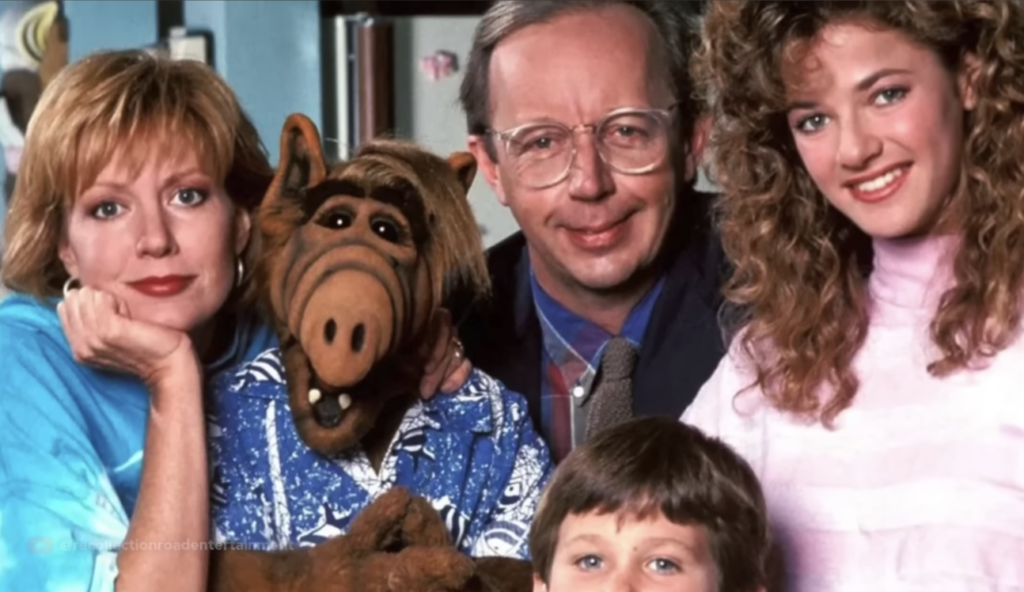
The 1980s weren’t just about big hair and bigger shoulder pads; they were a golden age of TV weirdness, warmth, and over-the-top charm. It was a time when sitcoms doubled as public service announcements, robots lived in suburban homes, and every episode wrapped up with a laugh and a hug. Some of it was brilliant. Some of it was baffling. But all of it was unforgettable. These moments didn’t just define a decade; they shaped a generation.
Freeze-Frame Endings With Everyone Laughing
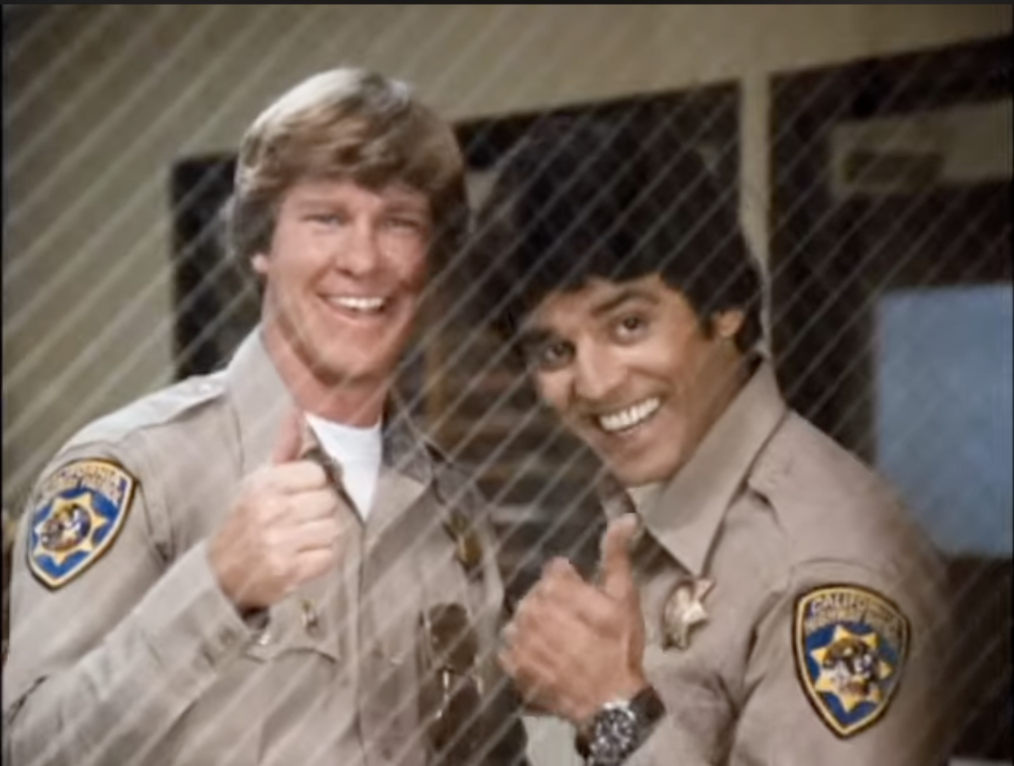
There was no mistaking when an episode of your favorite ’80s sitcom wrapped. As the final line, a terrible pun would usually be delivered, and the characters would erupt into exaggerated laughter; the screen would then freeze on their grinning faces. It didn’t matter if the moment felt forced or the joke barely landed. The point was to send everyone home with a warm, fuzzy feeling. Freeze-frame endings became the unofficial seal of sitcom approval, a way to show that no matter what chaos happened in the last 22 minutes, everything was A-OK again. The awkward still image became a comfort blanket, locking in the good vibes with canned laughter still echoing. Sometimes, the credits rolled right over the freeze, as if even time had to stop for a group chuckle. It was corny, charming, and unmistakably ’80s.
These endings were more than just a gimmick. They created an emotional payoff. For viewers at home, it reinforced the idea that family, friendship, or community always won out. Even the most off-the-wall episodes needed to tie up neatly, and a frozen smile did the trick. Whether the show dealt with teen drama, slapstick comedy, or heartfelt lessons, the laugh-and-pause routine delivered closure. Today, it may feel dated and even laughable, but back then, it worked like magic. It was TV’s way of tucking you in after a long day. One last laugh, one last glance at your favorite faces, and then click, the VCR shut off.
Very Special Episodes That Got Very Heavy
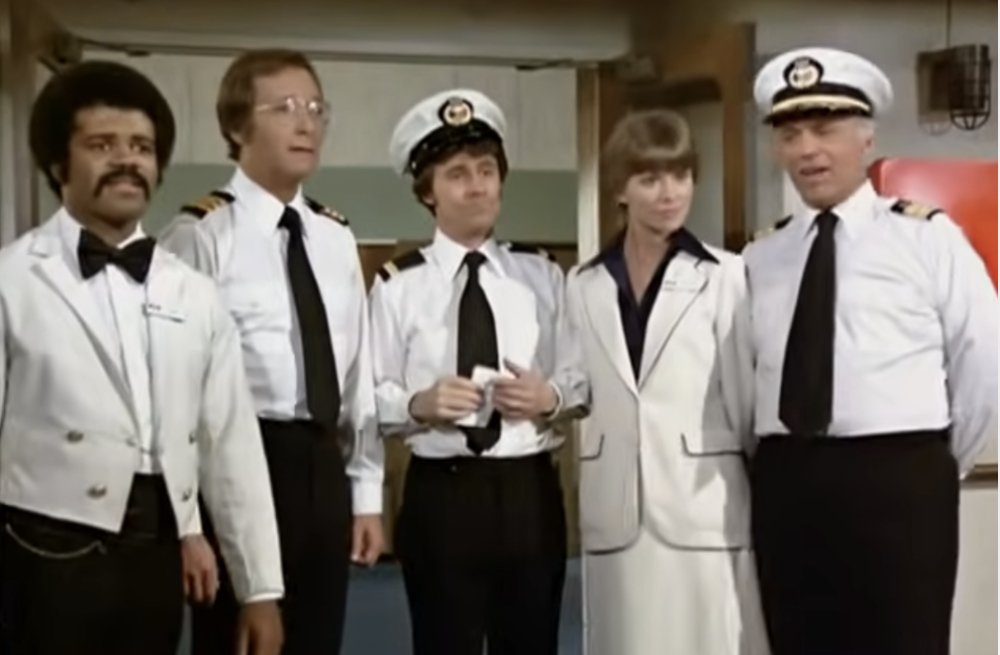
You’d be laughing at a goofy prank or a sibling squabble, and then, bam, the mood shifted. The lighting got dimmer, the music slowed, and suddenly, you were watching an after-school special dressed in sitcom clothing. “Very Special Episodes” tackled serious topics with the subtlety of a sledgehammer, covering everything from alcoholism to sexual abuse. They didn’t ease into these subjects. They dropped them like anvils right into your living room. The laugh track disappeared, characters cried real tears, and the credits rolled without a single joke. It was jarring, sure, but also unforgettable. You didn’t just watch; your stomach dropped.
Still, those episodes served a purpose. They gave families an excuse to talk about otherwise uncomfortable issues. Shows like Diff’rent Strokes and Punky Brewster didn’t shy away from trauma. They stared it down. Looking back, the tone shifts may seem clumsy, but they reflected a genuine attempt to both educate and entertain. It’s wild that a show could go from banana peel gags to a lecture on child abduction in one week, but the ’80s pulled it off. These episodes became cultural touchstones. You remember them decades later because they didn’t flinch when it mattered most.
Wacky Neighbors Who Were Somehow Always There

They weren’t part of the family, but they were in every single episode. The wacky neighbor was the sitcom MVP, storming into kitchens uninvited, dispensing one-liners, and somehow never going home. From Urkel’s nasal whine to Balki’s bizarre customs, these characters stole scenes without ever appearing to have jobs or personal boundaries. They’d pop in, cause chaos, eat your food, and leave with a wink. No explanation was needed, just comedic timing and a wardrobe that screamed, “I don’t pay rent.” Viewers didn’t question their constant presence. If anything, they were the real reason we tuned in.
Behind the scenes, these characters often tested so well with audiences that they became the stars. Think about how Urkel overtook the Winslow family on Family Matters, or how Larry from Three’s Company and even Boner from Growing Pains kept viewers coming back for more. The formula worked because the neighbor was a wild card, immune to the day-to-day grind that grounded the main cast. They brought energy, unpredictability, and a slew of catchphrases. And while they may not have evolved much emotionally, they were always good for a laugh. In a way, they represented freedom: untethered, eccentric, and unapologetically loud.
Theme Songs That Were Way Too Good

TV theme songs in the ’80s weren’t just catchy. They were absolute bangers. These weren’t quick jingles meant to fill a few seconds; they were full-blown anthems with verses, bridges, and emotional arcs. Cheers made you feel understood, The Facts of Life taught you lessons, and The Greatest American Hero literally topped the Billboard charts. These tunes became so ingrained in pop culture that you’d catch yourself humming them in the car or singing them at school. They set the emotional tone before the first scene even began. You didn’t just watch a show. You entered it, guided by the music.
Theme songs were also absurdly long by today’s standards. Many lasted over a minute, complete with character intros, plot summaries, and slow-mo freeze frames. But no one skipped them. They were part of the ritual, like opening a book to chapter one. Some even became bigger than the shows themselves. Can anyone forget the saxophone-laced smoothness of Family Ties or the folksy charm of Growing Pains? Today’s five-second title cards just can’t compete. Back then, the music did half the storytelling, and we loved every second.
Robot Kids and Alien Roommates

The ’80s sitcom lineup wasn’t afraid to get weird, really weird. It was entirely normal for a suburban family to have a robot daughter with retractable circuits (Small Wonder) or to share their home with a furry, sarcastic alien who enjoyed eating cats (ALF). These shows weren’t just tolerated. They were hits. Viewers happily suspended disbelief, tuning in week after week as robots learned emotions and aliens learned table manners. The setups were absurd, but the heart was always in the right place. These “non-human” characters often had more depth and empathy than the humans around them. They were outsiders trying to fit in, and that made them relatable.
What’s wild is how quickly audiences accepted these off-the-wall premises. No one needed a complex backstory about where the robot came from or why the alien never got caught. It was just the world of the show. These characters functioned like metaphors for growing up, feeling different, or not being understood. They taught kids lessons about kindness, friendship, and embracing the unfamiliar, all with laugh tracks and kooky hijinks. Rewatching now, the special effects are hilariously dated, but the charm remains intact. These weren’t just gimmicks. They were the emotional engines of some of the decade’s strangest, most beloved sitcoms.
Outfits That Were Loud Enough to Hear
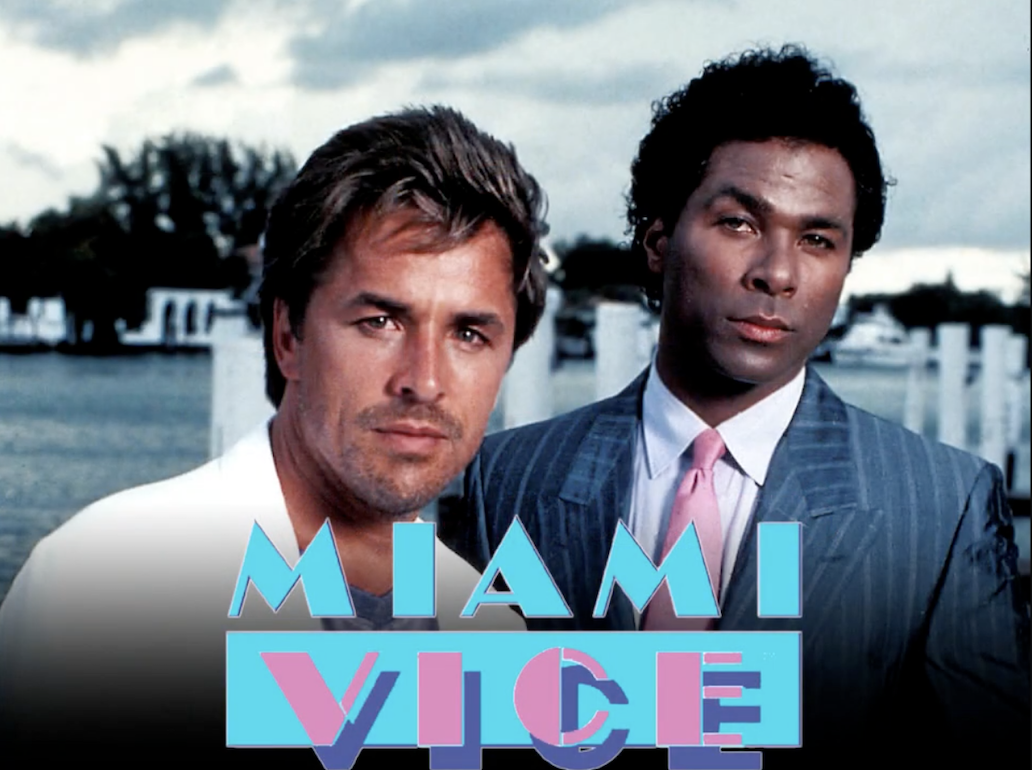
You didn’t just see the fashion on ’80s TV. You practically heard it coming. Neon windbreakers that swished with every step, rhinestone jackets that glittered under studio lights, and shoulder pads so wide they could knock over props. From sitcoms to dramas, TV wardrobes were loud, proud, and completely extra. Parachute pants, acid-wash jeans, and blazers with the sleeves permanently pushed up were all part of the uniform. Even teens on modest family shows dressed like they were en route to a music video shoot. Subtlety had no place here. If your outfit didn’t match your Walkman, were you even trying?
The fashion wasn’t just for flair. It set the tone. Clothes told you exactly who a character was: the rebel, the prep, the dreamboat, the weirdo. And audiences ate it up. These styles also bled into real life, inspiring Halloween costumes, mall trends, and school dances. TV characters weren’t just entertaining us. They were setting our wardrobes. Sure, the trends were often over-the-top, but they reflected the wild, expressive spirit of the era. And today, they’re a time capsule of what it meant to be cool on television in the loudest decade ever.
Opening Credits That Took Forever
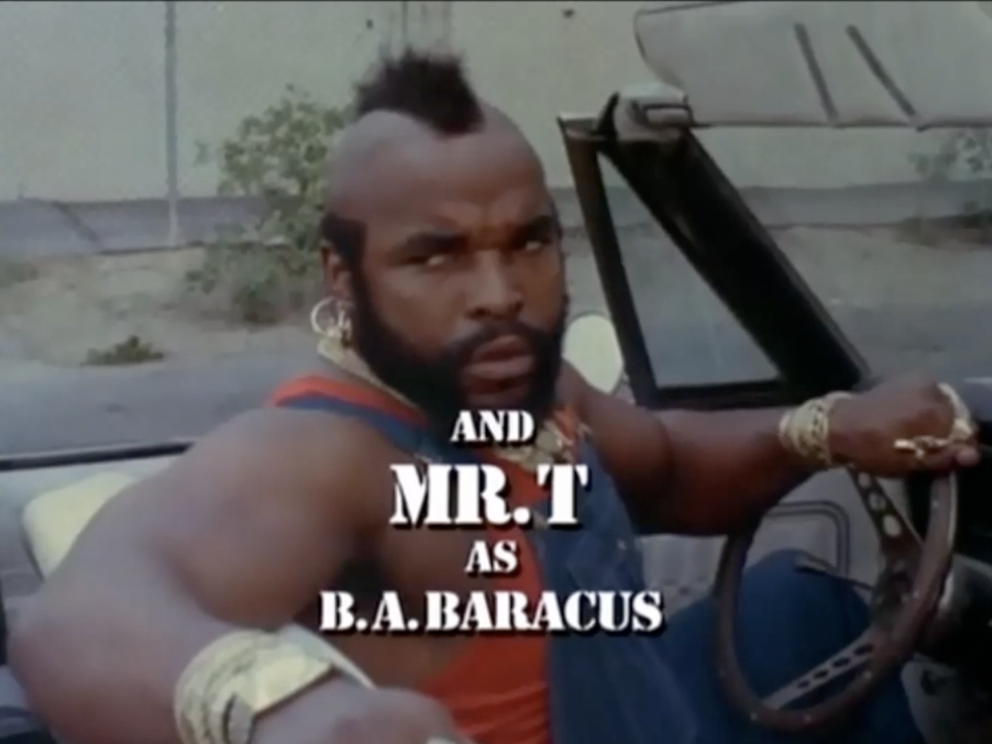
Before the action even started, you were treated to an epic journey through the show’s entire premise, courtesy of the opening credits. These intros weren’t quick title flashes; they were full-blown mini-movies. Some included full plot explanations (“Now this is a story all about how…”), while others rolled through character montages and freeze-frame smiles. The music swelled, the camera panned, and by the time the first scene started, you already felt like part of the family. Even if you’d never seen the show before, the opening gave you everything you needed. It was exposition, theme, and emotional prep, all wrapped in a theme song.
These intros could easily stretch past the one-minute mark, but nobody minded. In fact, they were often the best part of the experience. You’d race to the living room not just for the episode but for that familiar opening. It was comfort TV at its finest. These sequences became iconic, endlessly parodied, and burned into pop culture memory. They told you what to expect and reminded you why you loved the show in the first place. These days, streaming services offer “Skip Intro” buttons. But in the ’80s, skipping was unthinkable. The opening was the appetizer, and you never missed it.
Family Sitcoms That Solved Deep Issues in 22 Minutes
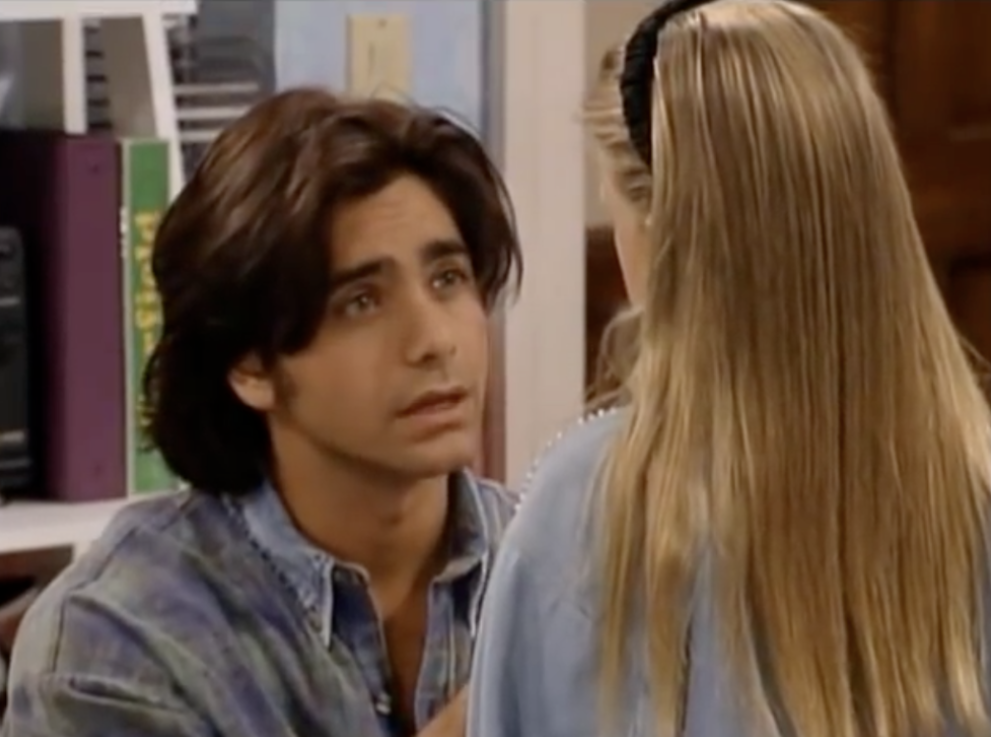
No matter how serious the problem, ’80s family sitcoms made sure everything was resolved before the final commercial break. Maybe a kid was caught cheating, or a parent lost their job, or someone got their heart broken. Whatever it was, it would be addressed with a heart-to-heart conversation, a moral lesson, and usually, a warm hug, all while soft piano music played in the background. These shows taught you that communication, love, and a little empathy could fix anything. They tackled surprisingly heavy topics, from grief to racism, without ever losing their wholesome tone. And they did it all in under half an hour.
The emotional pacing was miraculous when you think about it. One minute, everyone was fighting; the next, they were hugging it out with a wise parental monologue. It was tidy, idealistic, and deeply satisfying. These shows made you believe the world could be fair and safe as long as your family stuck together. And even though real life didn’t offer such quick resolutions, that didn’t matter. These episodes offered comfort and guidance. They taught a generation how to say “I’m sorry,” how to admit mistakes, and how to always leave room for forgiveness.
Catchphrases That Took Over the Playground
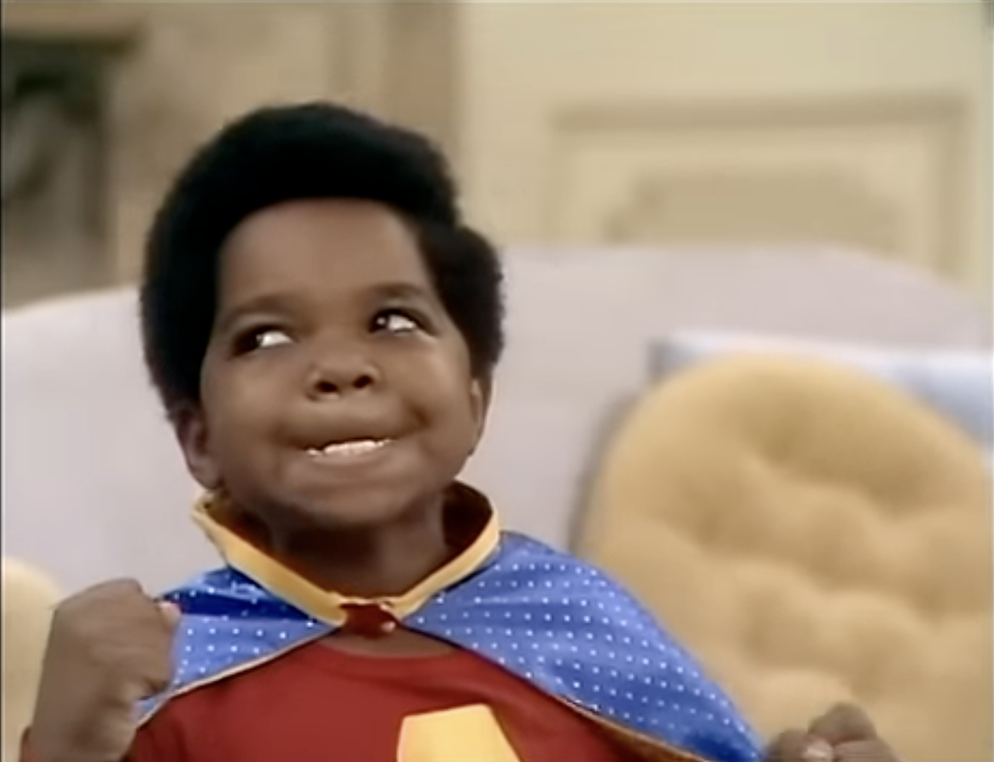
’80s TV wasn’t just something you watched; it was an experience. It was something you quoted. Catchphrases exploded out of sitcoms and onto schoolyards, lunchrooms, and front stoops across America. “Whatchu talkin’ ’bout?” became a national punchline thanks to Diff’rent Strokes, while Balki’s “Don’t be ridiculous!” and Urkel’s whiny “Did I do that?” turned into verbal currency. You didn’t even need to have seen the show. If you were alive, you knew the phrase. Kids repeated them endlessly, teachers groaned, and parents rolled their eyes. But the shows knew exactly what they were doing. A solid catchphrase kept characters lodged in the pop culture brain for life.
The magic of a good catchphrase was its ability to turn a secondary character into a star. Often, the line wasn’t even in the original pilot—it evolved from audience reactions. It became ingrained in the character’s identity. By the second season, writers were building episodes around delivering that line. And we were here for it. The laugh track would swell, and audiences would cheer as soon as the setup came into play. It was part of the rhythm, part of the fun. You weren’t just waiting for the story. You were waiting for the line that made you laugh last week and would probably still make you laugh next week, too.
High School Shows Where Everyone Was 27
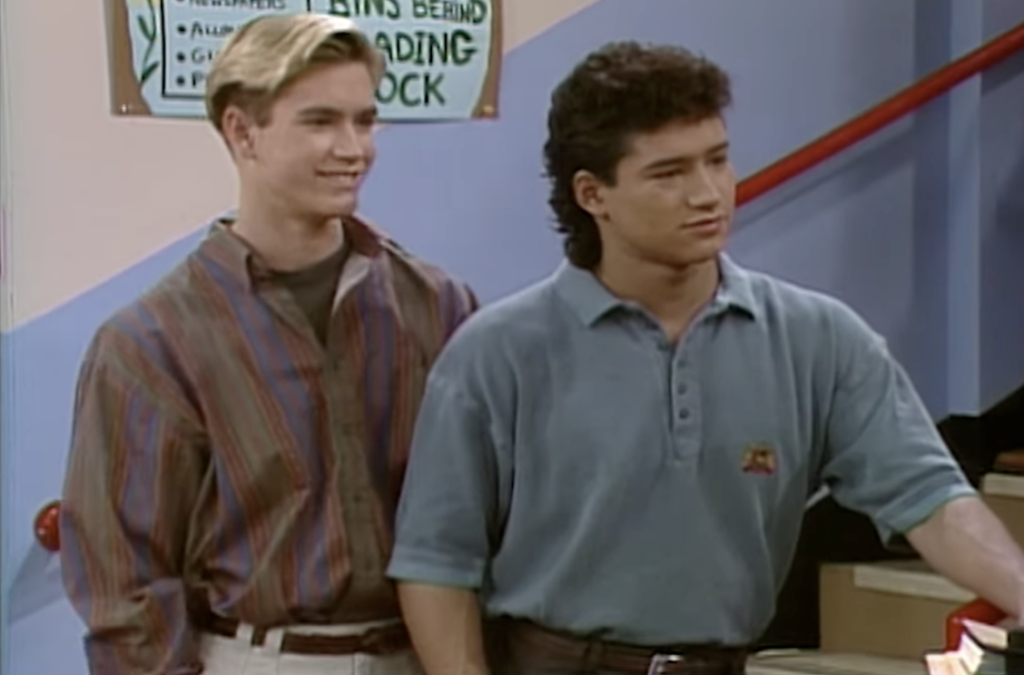
If you looked closely at your favorite teen dramas or comedies from the ’80s, you’d notice something a little… off. Those “16-year-olds” had five o’clock shadows, professionally highlighted hair, and the confidence of people who’d already paid off their student loans. In shows like Saved by the Bell or Head of the Class, the actors playing high schoolers were often in their mid-20s or older. And yet, somehow, we all bought it. They wore varsity jackets and worried about prom, and we just accepted that this was what teenagers looked like. (Spoiler: they didn’t.)
Part of the appeal was aspirational. These “teens” seemed cooler, hotter, and far more pulled together than actual high schoolers. They had wardrobes you envied and relationship drama that felt way more glamorous than real life. And because they were played by adults, they could handle more complex storylines, alcohol, cheating, peer pressure, without crossing the line into inappropriateness. It made for slick, watchable TV, even if it distorted your expectations of what high school would be. Years later, we laugh at how noticeable the age gap was. But at the time? We were just jealous we didn’t look that good in a letterman jacket.
Cameos by Random Celebrities Playing Themselves
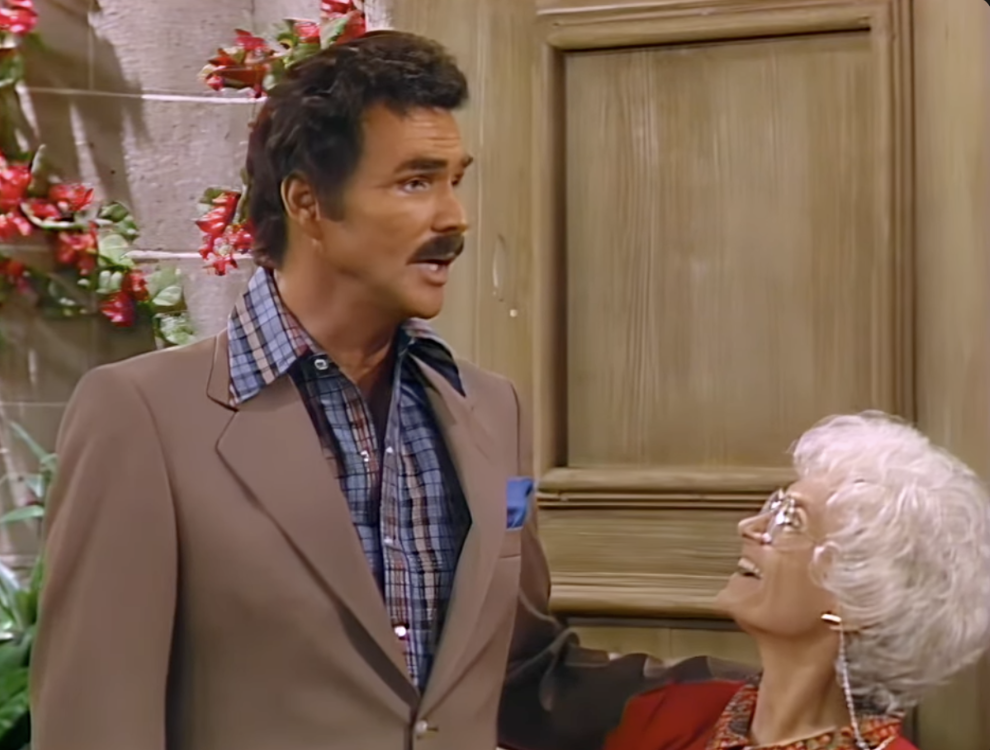
One of the strangest (and most delightful) quirks of ’80s television was the way random celebrities would just… show up. Mr. T might appear in a school gym to give a motivational speech. Kareem Abdul-Jabbar might be teaching math. Even Nancy Reagan made cameos to promote her “Just Say No” campaign. These appearances rarely made sense plot-wise, but they added sparkle, surprise, and a strange kind of credibility. If a star took the time to show up, this must be an important episode. Sometimes, it felt like a crossover between reality and fiction, and we loved it.
What made these cameos so charming was how little they were integrated. The celebrity would drop in, deliver their lines (often to a standing ovation), and then disappear by the second act. There was little to no explanation for why they were there or how they knew the characters. But you didn’t care. You were too busy freaking out that Boy George was in the school hallway. These surprise visits created moments that couldn’t be predicted, and they often became some of the most memorable scenes in the series. It didn’t have to make sense. It just had to be fun and unexpected.
Laugh Tracks for Jokes That Barely Landed
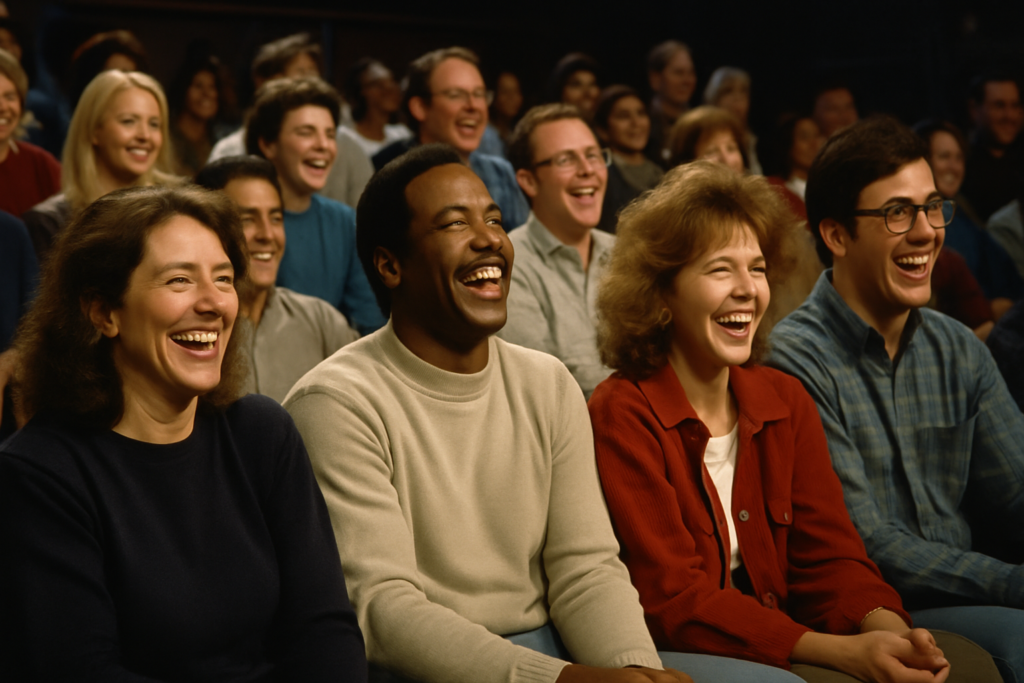
In the ’80s, every sitcom—good or bad—came with its own built-in audience laughter. Even if no actual audience was present, laugh tracks were edited in to cue your response. It didn’t matter if the joke was solid or cringey; you’d still hear that booming “HA!” roll through the speakers. It gave you permission to laugh, even if you didn’t totally get the punchline. And once you noticed it, you couldn’t unhear it. Some laughs sounded suspiciously familiar across different shows, leading many to believe they were recycled from decades-old recordings. Which they probably were.
Still, laugh tracks served a purpose. They created rhythm, filled in awkward pauses, and gave viewers at home the sense that they were watching with friends. In an era before binge-watching and online fandoms, that communal laugh was the next best thing to sharing the show in real time. You might have rolled your eyes, but you still laughed along. Over time, certain shows used the track like punctuation—joke, laugh, reaction shot, repeat. It became a comforting cadence. Even if the joke fell flat, the laugh track picked it up, dusted it off, and pushed the story forward.
TV Dads Who Were Weirdly Overqualified
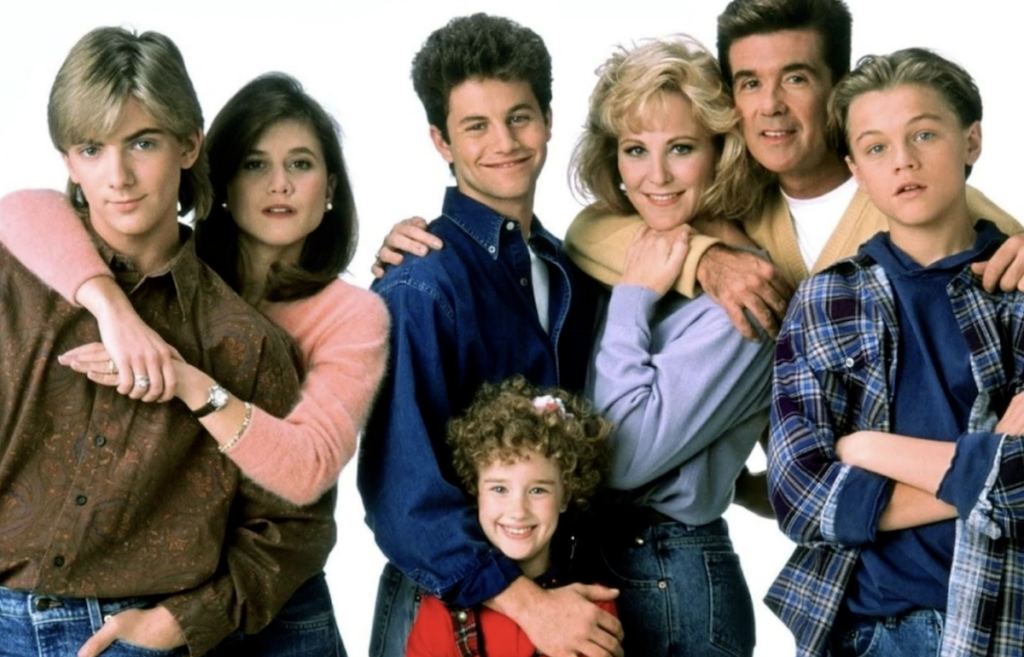
TV dads in the ’80s weren’t just loving; they were unrealistically accomplished. Think Cliff Huxtable, an OB-GYN with a flawless home life, or Jason Seaver, a psychiatrist who practiced from a perfectly decorated house and never missed a school play. These men had prestigious careers, photogenic families, and a near-infinite capacity for wisdom. And yet, they were always home. They never seemed stressed. Their jobs didn’t interfere with their ability to offer heartfelt advice or referee a sibling squabble. It was fantasy parenting, but it worked like a charm on screen.
These dads represented an ideal—the dream that you could have it all and still be present for every dinner and every “Dad, I messed up” moment. They delivered life lessons with warmth and authority, rarely raising their voices, always wrapping it up with a hug. For many viewers, they became role models, whether or not they resembled any dad in real life. Sure, their résumés were a stretch, but they gave families something to aspire to. And in a chaotic world, it was reassuring to believe that someone could juggle brain surgery and bedtime stories with equal skill.
Dream Episodes, Amnesia, and Evil Twins
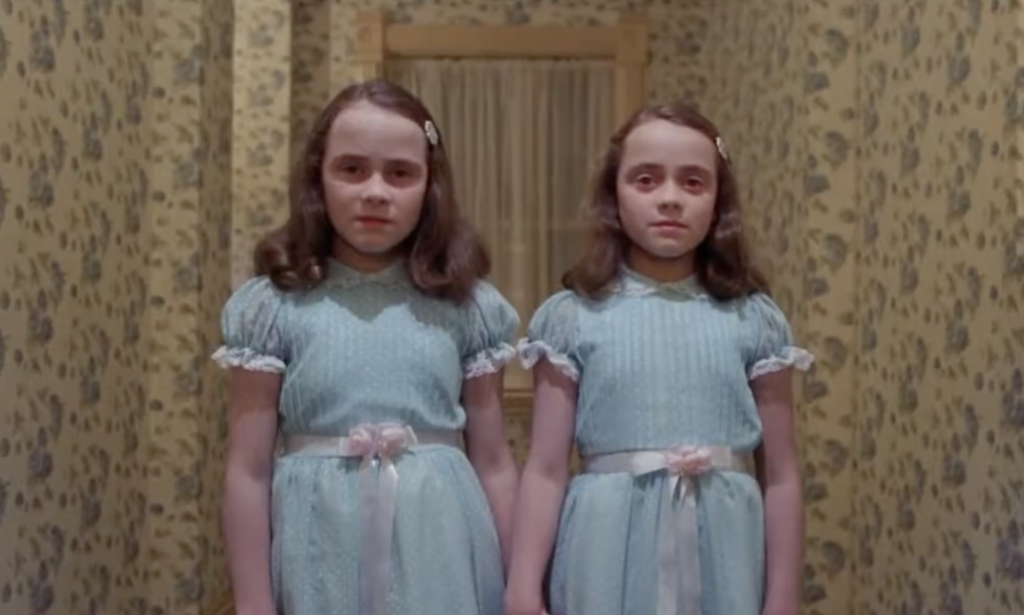
You never knew what kind of chaos was coming when your favorite ’80s show started with someone waking up in a cold sweat or looking in the mirror and screaming. Suddenly, you weren’t in the everyday sitcom world. You were in a dream episode, complete with fog machines and weird lighting. These episodes let writers go off the rails with amnesia plots, evil twins, time travel, or alternate realities where nothing made sense. One week, a character was grounded for bad grades. The next, they were in a coma, imagining life as a pop star with a mustache-wearing double. No explanation was needed. Just buckle up and enjoy the ride.
These bizarre twists were usually reserved for sweeps week or season finales when writers needed to grab eyeballs and throw logic out the window. And they worked. Viewers loved trying to piece together what was real and what wasn’t. Maybe it was all a dream. Perhaps the evil twin was real. It may not have mattered because the fun was in the absurdity. These plotlines borrowed heavily from soap operas and sometimes veered into full parody. But no matter how wild they got, they stayed within the bounds of the sitcom universe. Reality bent, but the heart of the show remained the same.
Spinoffs You Totally Forgot Existed
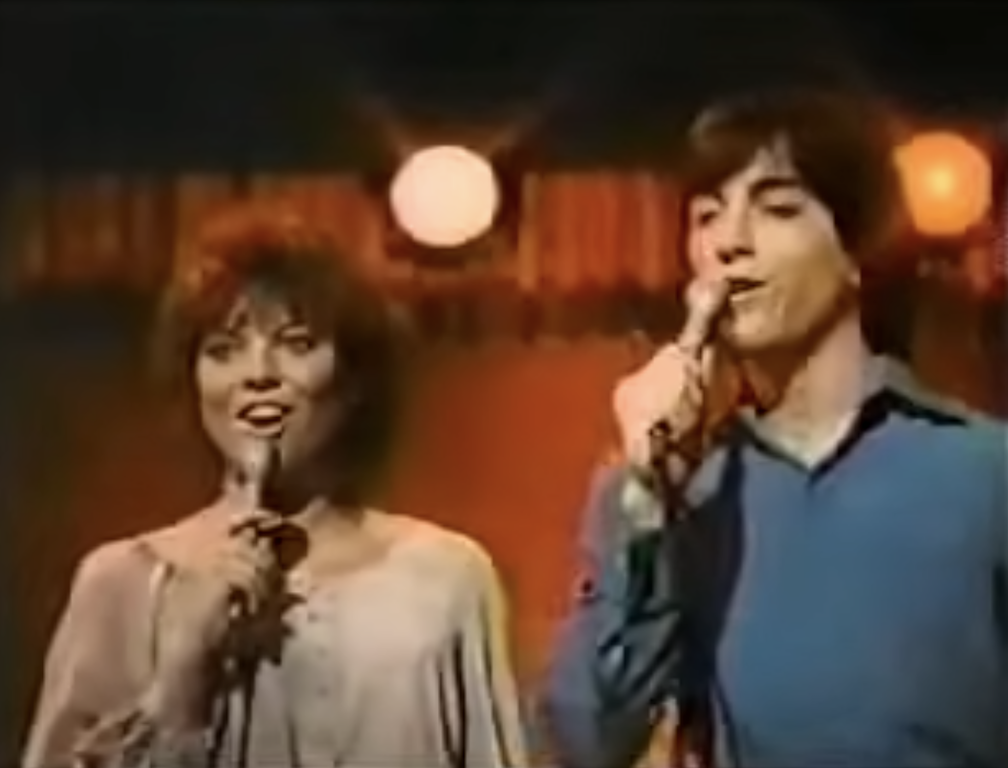
If a show did well in the ’80s, chances are someone pitched a spinoff whether it made sense or not. The Facts of Life came from Diff’rent Strokes. Joanie Loves Chachi spun off from Happy Days. Even Cheers tried to send Frasier off into his own orbit years later (okay, that one worked). But for every success, there were a dozen “Wait, what was that again?” moments. Remember AfterMASH? Or The Tortellis? Didn’t think so. These shows often had clunky premises, half-hearted writing, and characters you only kind of cared about. And still, networks greenlit them like candy.
These spinoffs were the TV equivalent of side quests—sometimes fun, sometimes forgettable. They often tried to replicate the magic of the original with a slightly tweaked formula: the same vibe, different setting. But without the whole cast or core dynamic, many just couldn’t bring it home. That said, they weren’t complete failures. They reflected the golden age of TV experimentation, when the industry was willing to take chances and follow characters into uncharted territory. Some flopped quickly. Others hung on longer than anyone expected. And all of them added to the wild, ever-expanding TV ecosystem that defined the decade.
The ’80s Were a Wild Ride—and We’re Still Not Over It
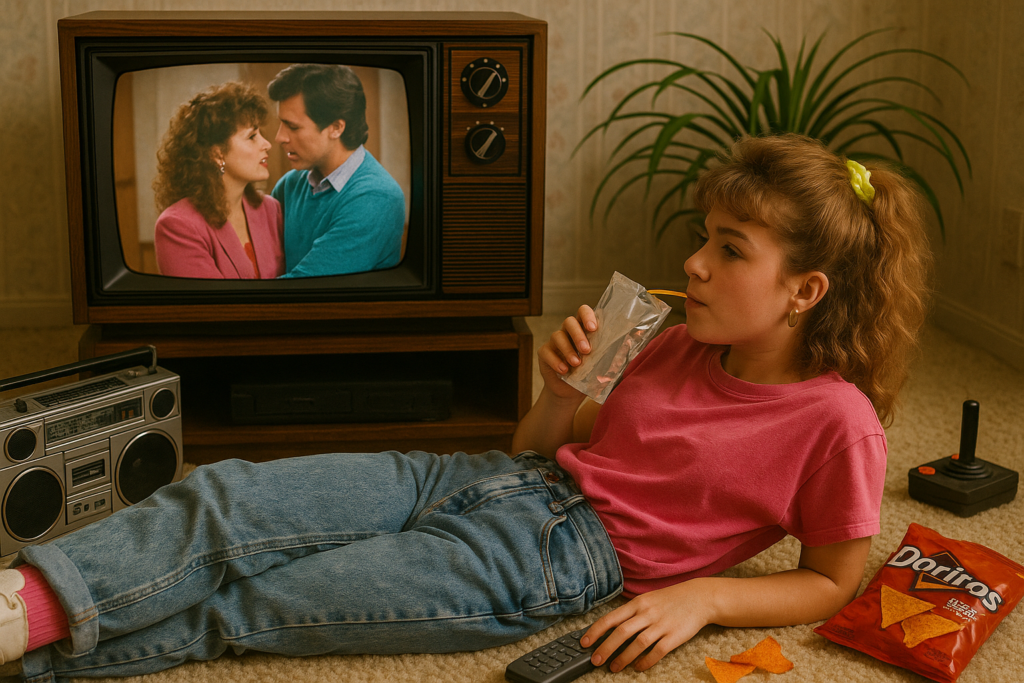
Looking back, it’s clear that ’80s TV wasn’t just entertaining. It was an experience. The storylines were bold, the characters larger than life, and the themes often swung wildly from ridiculous to profound. Nothing was too out there: robots, aliens, dream sequences, and guest appearances by professional wrestlers were all fair game. Somehow, it all worked. The shows didn’t just reflect the culture—they helped define it, one freeze-frame laugh or piano-backed heart-to-heart at a time. Even now, they live rent-free in our heads, reminding us of a time when television didn’t try to be perfect. It just tried to make you feel something.
And honestly? It succeeded. Whether you were quoting catchphrases in the lunchroom, wishing your dad was as cool as Jason Seaver, or trying to understand why your favorite teen heartthrob was clearly pushing thirty, these moments stayed with you. ’80s TV was chaotic, sincere, and totally unforgettable. So the next time someone scoffs at a laugh track or questions an evil twin plot twist, just smile. You were there. You get it.
This article, 15 Wild Things You Forgot Were Totally Normal on ’80s TV was first published on dailyfetch.net.


